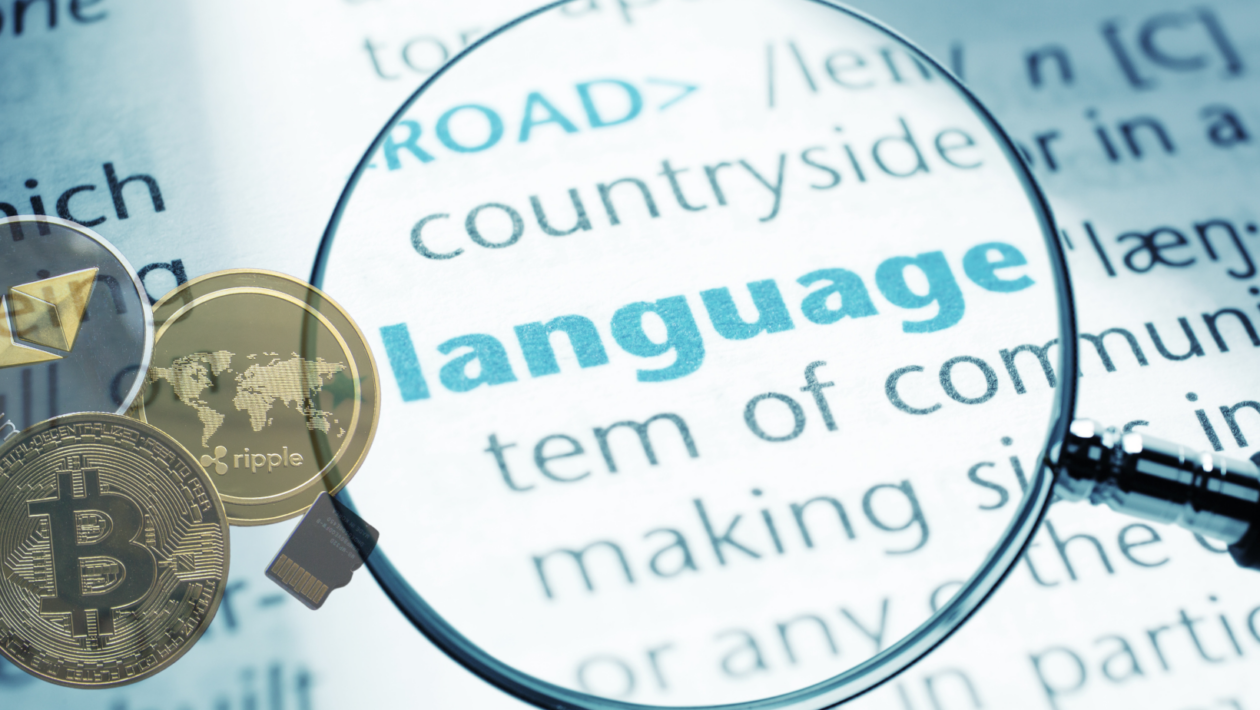From day one, I have believed that blockchain and crypto technologies can drive financial inclusion for the underbanked and the underprivileged. That is one of the main reasons why I decided to invest my time and money in this space after spending my early career years in traditional corporate finance.
The key for crypto to deliver on its promise of providing financial services to the unbanked population? Investing in localizing basic crypto education. By using local dialects to teach communities and users about crypto, we can greatly expand financial access not only in the Philippines but also across Southeast Asia and in developing economies around the world.
Local language and crypto education
Today, the Philippines boasts one of the highest crypto adoption rates in the world. This puts the Philippines at a significant head start in the world of Web3. Filipinos have high proficiency in English — tens of millions already speak and write in English, with some speaking English as their first language.
Young Filipinos have a growing interest in cryptocurrency, with rates of NFT adoption and acceptance among the world’s highest.
These are all bullish trends for the Philippines, because it stands out as a prime and competitive market globally for Web3 technologies. 2021 was a proof-of-concept in terms of NFT gaming, and crypto remains an investable asset.
As these technologies become easier to use and more user friendly, we can diversify beyond leveraging currency assets to creating cultural experiences via NFTs and blockchain technologies. Imagine a near future where we host concerts in the metaverse where virtual NFT influencers sing and dance with the audience.
I am thinking of a Ready Player One-like online universe where Generation Z and millennials who grew up on the internet gather together in the metaverse, bridged and brought together through blockchain technology.
The Philippines’ combination of high crypto adoption and strong English proficiency means that it will have a lot of opportunities to lead the world in creating these kinds of blockchain-enabled cultural experiences. But we need to make sure that all Filipinos can take advantage. That’s where local-language education comes in.
Linguistic landscape in the Philippines
The Philippines is home to a rich linguistic landscape, where 150 different languages are spoken across the nation’s islands. To expand financial inclusion to every Filipino, we cannot solely focus on English speakers.
We need to start with local language education on crypto basics. We aim to concentrate on the largest local languages — Tagalog, Cebuano and Ilokano — to help educators reach Filipinos who are not conversant in English.
coins.ph/academy/(opens in a new tab)
This is why it’s important to invest significant resources to grow financial inclusion in the Philippines. Our Coins Academy series of introductory educational articles are available in both English and Filipino, and our recent partnership with Philippine Basketball Association veteran Jared Dillinger features a well-known local influencer speaking to fans and followers in both English and local dialect.
Cornerstone for global crypto growth
These initiatives are only a start. The Southeast Asia market is culturally and linguistically diverse. And we want to be part of this movement to grow the ecosystem as a whole, benefiting not only Filipinos but to every Southeast Asian.
The English speaking media is saturated with headline after headline about crypto asset prices peaking and dipping. Through this narrative, the majority of the English-speaking markets have heard of Bitcoin and cryptocurrencies.
I want to spread the message to the world’s 6.5 billion people who are not English speakers that this technology is not about financial speculation. Blockchain technologies are fundamentally radical and can provide basic financial services and access to underserved markets. Digital assets have all kinds of practical utility, like making mobile payments without a bank account or sending money to families across borders without having to pay high fees.
Look at Africa, home to the world’s youngest population and the highest rates of mobile money usage. Bitcoin Mtaani, a start-up from Kenya, is working to translate crypto-related information into a wide range of African languages in order to reach more people across the continent. Exonumia Africa has translated crypto-related content into 27 African languages.
Even within the Philippines market, we see these efforts from organizations like Bitskwela, an edutech platform aiming to make crypto and Web3 education accessible to Filipinos of every ethnicity through local language education. There is also Axie Infinity, a Web3 game that is extremely popular in the Philippines. Earlier in the year, it announced a partnership with Bit2Me to provide educational information and exchange support in both Spanish and Portuguese.
To provide a true alternative to fiat currency, crypto and digital assets need to be able to reach everyone, and companies should do more to build this vision for Asia, Africa and beyond.

